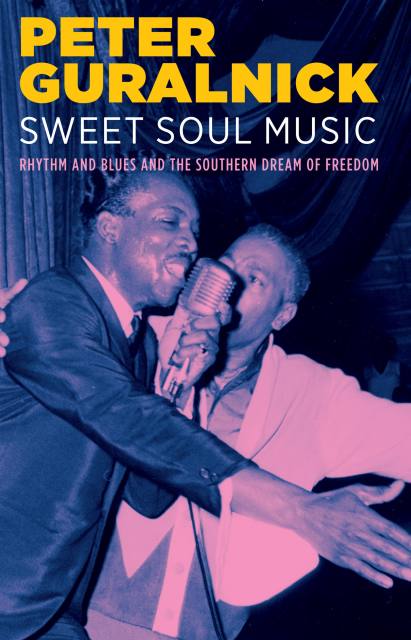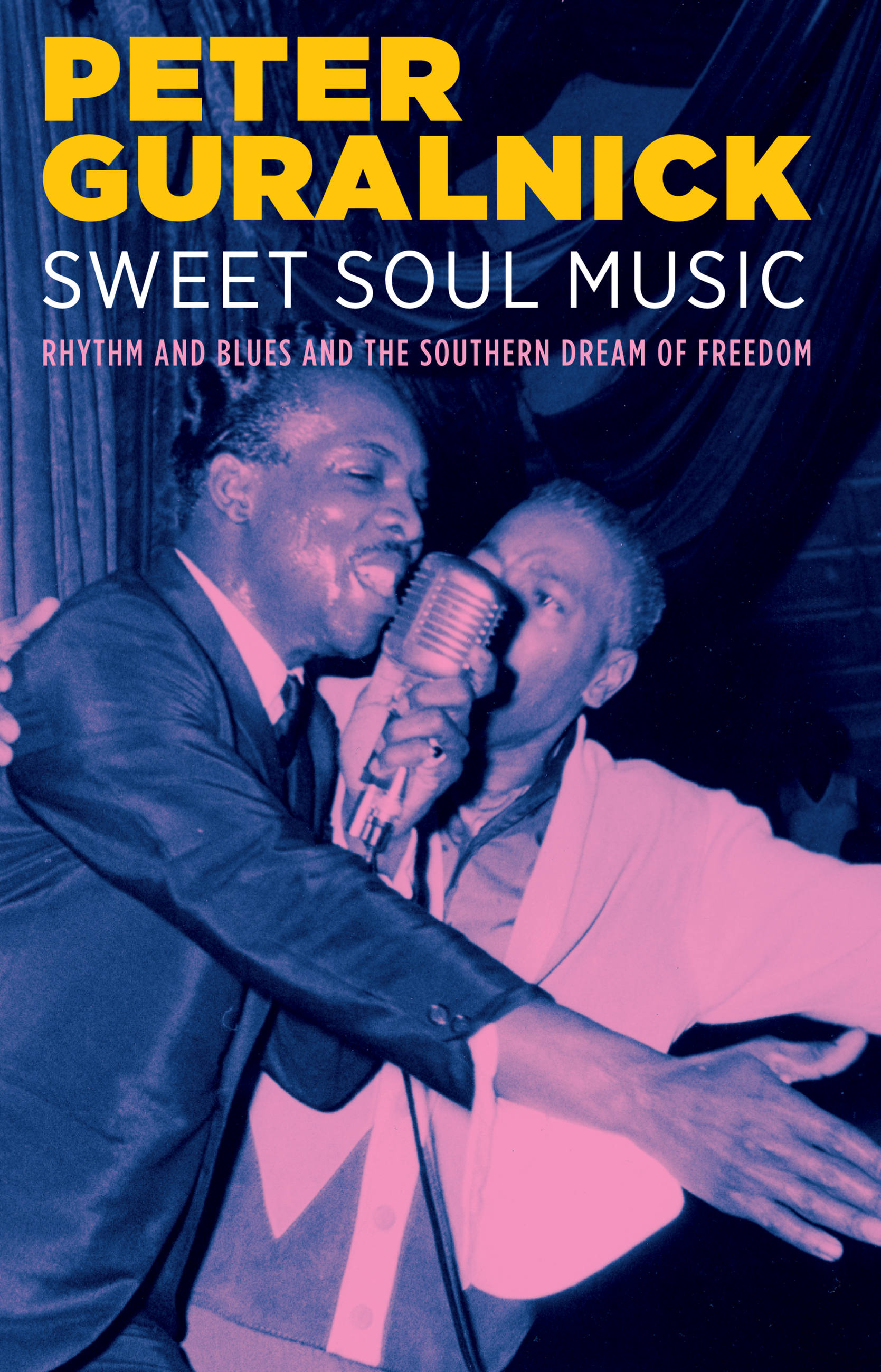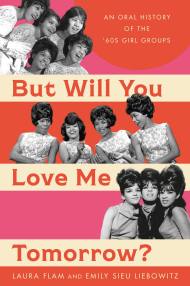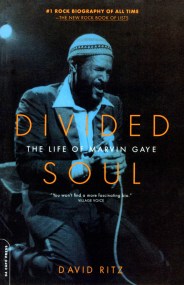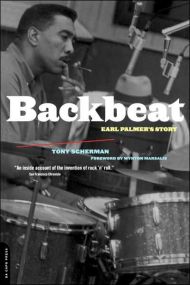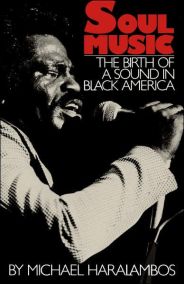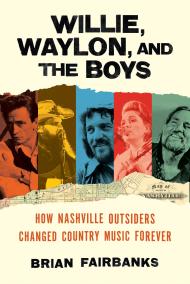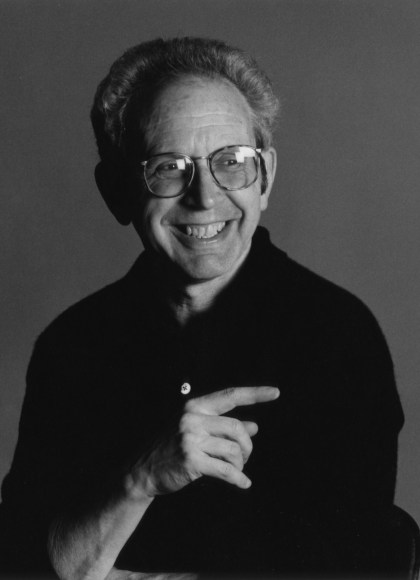Sweet Soul Music
Rhythm and Blues and the Southern Dream of Freedom
Contributors
Formats and Prices
Price
$12.99Price
$16.99 CADFormat
Format:
- ebook $12.99 $16.99 CAD
- Trade Paperback $21.99 $28.99 CAD
This item is a preorder. Your payment method will be charged immediately, and the product is expected to ship on or around December 20, 2012. This date is subject to change due to shipping delays beyond our control.
Also available from:
A gripping narrative that captures the tumult and liberating energy of a nation in transition, Sweet Soul Music is an intimate portrait of the legendary performers–Sam Cooke, Ray Charles, James Brown, Solomon Burke, Aretha Franklin, Otis Redding, and Al Green among them–who merged gospel and rhythm and blues to create Southern soul music. Through rare interviews and with unique insight, Peter Guralnick tells the definitive story of the songs that inspired a generation and forever changed the sound of American music.
Genre:
- On Sale
- Dec 20, 2012
- Page Count
- 384 pages
- Publisher
- Little, Brown and Company
- ISBN-13
- 9780316206754
Newsletter Signup
By clicking ‘Sign Up,’ I acknowledge that I have read and agree to Hachette Book Group’s Privacy Policy and Terms of Use
